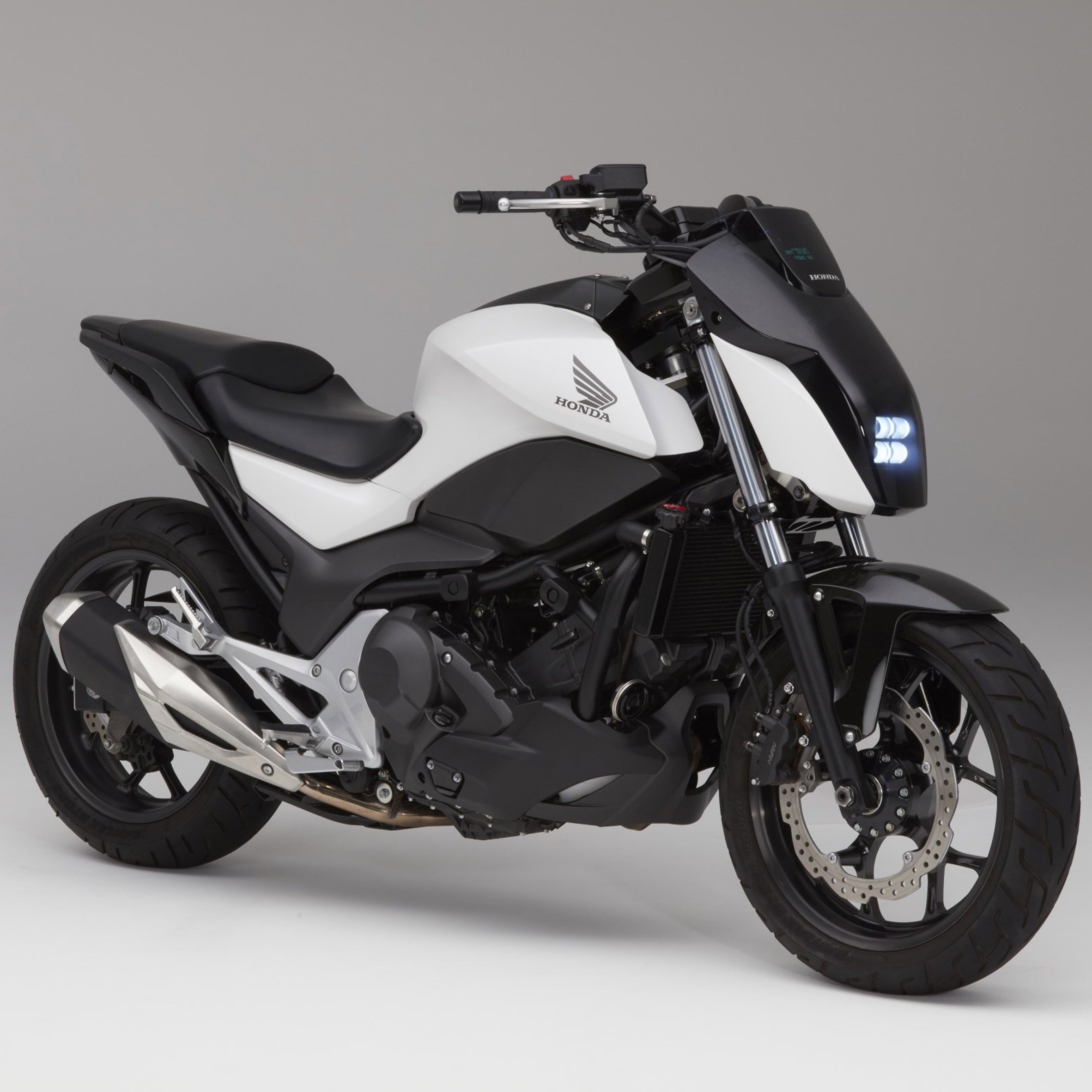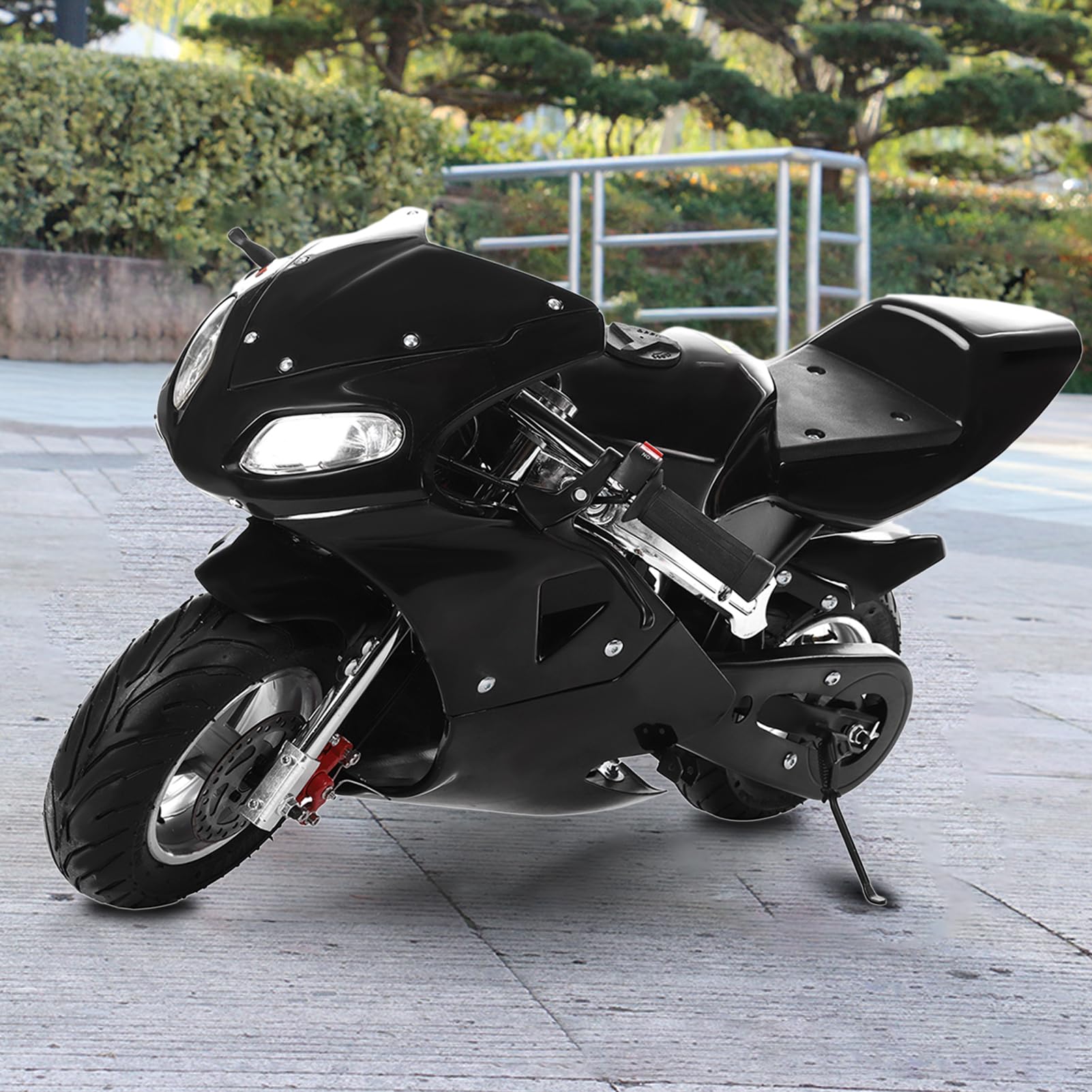Introduction
Who invented the motorcycle – The history of motorcycles is a tale of innovation, passion, and mechanical genius, with numerous inventors contributing to its evolution. From the earliest prototypes to the sleek machines we see today, motorcycles have transformed transportation and become a symbol of freedom and adventure. Let’s delve into the lives and inventions of some key figures who played pivotal roles in shaping the motorcycle as we know it.

Gottlieb Daimler and Wilhelm Maybach (1885)
Our journey begins in Germany with Gottlieb Daimler and his assistant Wilhelm Maybach. In 1885, they developed the first internal combustion engine suitable for vehicles, which they later attached to a wooden bicycle frame. This creation, known as the Reitwagen (“riding car”), is widely regarded as the prototype of the modern motorcycle. With a 160cc single-cylinder engine, it was capable of reaching speeds up to 12 km/h. Their invention laid the groundwork for future motorcycle development.
Hildebrand & Wolfmüller (1894)
Maurice Hildebrand and Alois Wolfmüller of Munich, Germany, were the first to coin the term “motorcycle” when they introduced their two-wheeled motor vehicle in 1894. Their motorcycle featured a larger engine than Daimler’s prototype, with a displacement of 1488cc and a top speed of around 15 mph. Although their company went bankrupt within a few years, their contribution to motorcycle nomenclature and design remains significant.
Michel and Eugene Werner (1897)
Brothers Michel and Eugene Werner from France were instrumental in advancing motorcycle technology. They designed and built motorcycles under the name “Werner Brothers” that featured advanced innovations such as chain drives, variable gears, and even early forms of suspension. Their motorcycles were successful in racing, which helped popularize the sport and the machine itself.
Indian Motorcycle Manufacturing Company (1901)
George M. Hendee and Oscar Hedstrom founded the Indian Motorcycle Manufacturing Company in Springfield, Massachusetts, USA, in 1901. Their first motorcycle had a 1.75hp single-cylinder engine and soon became known for its reliability and speed. Indian is considered America’s first motorcycle company and played a crucial role in establishing the motorcycle industry in the United States.
Harley-Davidson (1903)
William S. Harley and Arthur, Walter, and William Davidson founded Harley-Davidson Motor Company in Milwaukee, Wisconsin, in 1903. Their first production model, released in 1905, had a 24.74 cubic inch engine. Harley-Davidson quickly gained popularity and became synonymous with American motorcycle culture, known for its robust engines and distinctive design.
Soichiro Honda (Post-WWII)
Although not an early inventor in the strictest sense, Soichiro Honda’s impact on the motorcycle industry post-World War II cannot be overstated. Honda Motor Co., Ltd., founded in 1948, revolutionized the industry with its innovative designs, mass-production techniques, and emphasis on reliability and affordability. The iconic Honda Super Cub, introduced in 1958, became the most produced motor vehicle in history, with over 100 million units sold globally.

Gottlieb Daimler and Wilhelm Maybach
In the late 19th century, Gottlieb Daimler and Wilhelm Maybach, renowned for their work in automotive engineering, played a pivotal role in the early development of motorcycles. In 1885, they built the world’s first internal combustion engine, which led to the creation of the Daimler Reitwagen in 1885-1886. This vehicle is widely considered the first motorcycle, featuring a single-cylinder engine mounted on a wooden frame, with wire-spoke wheels and a belt drive system. Daimler and Maybach’s pioneering efforts laid the foundation for subsequent motorcycle designs and innovations.
Edward Butler
Edward Butler, an English inventor and entrepreneur, is credited with producing one of the earliest gasoline-powered motorcycles in 1884. His invention, the Butler Petrol Cycle, utilized a three-wheeled design with a rear-mounted engine. Although not a conventional two-wheeled motorcycle, Butler’s creation demonstrated the feasibility of gasoline-powered vehicles for personal transportation, influencing later motorcycle designs.
Sylvester Roper
Sylvester Roper, an American inventor and mechanical engineer, made significant contributions to the early development of motorcycles in the late 19th century. In 1867, he created a steam-powered velocipede, which evolved into the Roper steam velocipede in 1869—a two-wheeled vehicle powered by a coal-fired steam engine. Roper continued to refine his designs, experimenting with gasoline engines and contributing to the advancement of motorcycle technology in its infancy.
 Glenn Curtiss
Glenn Curtiss
Glenn Curtiss, known primarily as an aviation pioneer, also made notable contributions to the motorcycle industry. In 1903, he set a world motorcycle speed record of 64 miles per hour on a V-8 motorcycle of his own design. Curtiss later went on to manufacture motorcycles under the Curtiss Motorcycle Company, producing innovative models such as the V-Twin, which became popular in racing circuits and contributed to the motorcycle’s growing reputation for speed and performance.
Soichiro Honda
Soichiro Honda, founder of Honda Motor Co., Ltd., played a transformative role in shaping the motorcycle industry during the mid-20th century. Beginning with the production of motorized bicycles in the late 1940s, Honda expanded its lineup to include motorcycles that combined reliability, affordability, and innovative engineering. Honda’s success in motorcycle racing, particularly in the Isle of Man TT races, propelled the company to global prominence and established Honda as a leader in motorcycle manufacturing.
Arthur Davidson and William S. Harley – who invented the motorcycle
Arthur Davidson and William S. Harley, along with Arthur’s brothers Walter and William Davidson, founded Harley-Davidson Motor Company in 1903. Their visionary approach to motorcycle design and manufacturing produced iconic models that captured the spirit of American motorcycling. Harley-Davidson motorcycles became synonymous with freedom and adventure, embodying the cultural significance of motorcycles in American society.
BMW and Triumph
In Europe, BMW and Triumph emerged as influential manufacturers in the motorcycle industry during the early to mid-20th century. BMW Motorrad, founded in 1923. Introduced pioneering innovations such as the shaft-driven system and boxer engine layout, setting new standards for motorcycle engineering. Triumph Motorcycles, established in 1902, gained acclaim for its stylish and powerful motorcycles. Including the Bonneville and Tiger models, which became synonymous with British motorcycling heritage.
The Evolution Continues – who invented the motorcycle
Over the decades, countless engineers, designers, and enthusiasts have contributed to the evolution of motorcycles. Pushing boundaries and introducing innovations that have shaped the industry’s trajectory. From the humble beginnings of steam-powered velocipedes to the sleek, high-performance machines of today. Motorcycles have evolved into diverse forms, catering to a wide range of riders and purposes.

Val Page (1920s-1930s) – who invented the motorcycle
Valentine Page was a British engineer whose work significantly influenced motorcycle design during the interwar period. He worked for several prominent British motorcycle manufacturers, including Ariel, Triumph, and BSA. Page’s designs were known for their simplicity, efficiency, and reliability, which were critical factors in the success of these brands. His innovations included engine improvements and frame redesigns that enhanced handling and stability, setting new standards for the industry.
Edward Turner (1930s-1960s)
This engine layout became synonymous with Triumph and set a benchmark for smoothness and power delivery in motorcycles, influencing motorcycle design worldwide for decades to come.
Massimo Tamburini (1970s-2000s)
Italian designer Massimo Tamburini is often referred to as the “Michelangelo of Motorcycles” for his exquisite and influential designs. He co-founded Bimota in 1973, where he designed bikes like the Bimota KB1 and the iconic Ducati 916. The Ducati 916, launched in 1994, is particularly notable for its aerodynamic fairings. Single-sided swingarm, and overall aesthetic that redefined sports bike styling in the 1990s and beyond.
John Britten (1990s) – who invented the motorcycle
A New Zealand engineer and inventor, John Britten, created the Britten V1000. A hand-built motorcycle that showcased his engineering prowess and artistic vision. Unveiled in 1991, the Britten V1000 featured a revolutionary chassis design. Carbon fiber bodywork, and a unique engine configuration that combined performance with stunning aesthetics. Despite being produced in limited numbers. It demonstrated what could be achieved by a small team with innovative thinking, leaving a lasting legacy in motorcycle design.
The Future of Motorcycling Innovation – who invented the motorcycle
As we move forward, motorcycle innovation continues to push boundaries. Electric motorcycles, represented by companies like Zero Motorcycles and Harley-Davidson’s LiveWire, are gaining momentum. Offering silent operation, instant torque, and reduced environmental impact. 
Conclusion
From humble beginnings as experimental attachments to bicycles to becoming a symbol of freedom and individuality. Motorcycles owe their existence and evolution to the relentless pursuit of innovation by these and many other inventors. Each contributor brought forth unique ideas and advancements that collectively shaped the motorcycle into the diverse and dynamic mode of transportation we know today. As technology continues to evolve, so too does the motorcycle. But the spirit of adventure and the thrill of the open road. Ignited by these early pioneers, remains at its core.
The history of motorcycles is a testament to human ingenuity, passion for innovation. And the relentless pursuit of speed and freedom. The inventors mentioned here are just a few of the many individuals who have left an indelible mark on motorcycle history. Their contributions continue to inspire new generations of riders and engineers. Ensuring that the spirit of invention and exploration remains at the heart of the motorcycle industry. As motorcycles continue to evolve in the 21st centur. One thing remains certain: the legacy of these pioneering inventors will endure, driving the future of two-wheeled transportation forward.

Leave a Reply